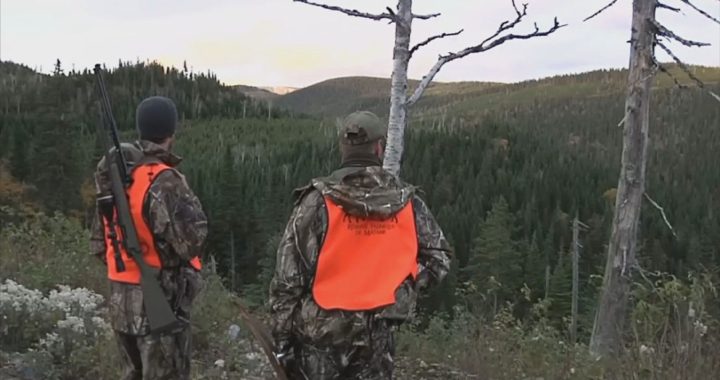A recent study suggests Fraser River sockeye salmon likely face harmful pathogen exposure when swimming near Atlantic salmon farms in B.C. waters.
The scientist who led the research team says the findings support the argument that the federal government should remain committed to transitioning away from open-pen fish farms.
Research from the Pacific Salmon Foundation says Fraser River sockeye salmon passing Discovery Island salmon farms are being exposed to a bacterium known as Tenacibaculum maritimum at 12 times the rate than in general areas.
Andrew Bateman, the study’s author, says a decade of salmon migration data points to the open-net Atlantic salmon farms as the source of increased harmful pathogen levels.
“What the various models indicated, the best description was that, after all, it seems like Discovery Island farms were exposing those juvenile Fraser River sockeye to this bacterium, Tenacibaculum maritimum,” he told APTN News.
This bacterium affects fish from around the world and causes open sores and damage to fins.
It is also known to cause mouth rot on Atlantic salmon on farms on B.C.’s coast.
But it is affecting Fraser River sockeye too.
The Fraser River is B.C.’s largest river system, and when the sockeye leave the river on their migration route, the majority must pass fish farms to make it to the ocean.
Bateman says the study could not determine the pathogen’s exact effect on the sockeye but says recent studies in the region show Tenacibaculum causes disease or death.
“Infection or detection of Tenacibaculum in Coho and Chinook salmon does indicate there are population-level problems,” he shared. “There is a higher chance that populations in which we see high infection rates, or detection, rates fair poorly. They either don’t survive as well or the fish are in poorer physical condition.”
Read more:
Hereditary chiefs on Vancouver Island rally against potential fish farm renewals
The B.C. Salmon Farmers Association pushed back again the study findings in an email statement to APTN, stating there is no direct evidence showing bacterium’s impact on wild salmon.
“There is no direct evidence or clinical evidence to support this speculation, including this most recent study. While the bacterium has been detected from wild salmon in BC, it is not linked to clinical expression of disease,” the statement read. “No outbreaks of mouth rot have ever been reported in wild Pacific salmon in either BC or Washington State.”
B.C. wild salmon have been on the decline for decades and the federal Department of Fisheries and Oceans has taken multiple steps in recent years to address the decline, including committing to move away from open-pen salmon farms on the coast.
On June 30, seventy-nine fish farm licences in B.C. are set to expire.
The salmon farmers association says they have agreements with more than a dozen First Nations.
“There are currently 17 agreements in place with First Nations whose territories we operate in,” they said in a statement. “Additionally, the Coalition of First Nations for Finfish Stewardship was created this year to advocate for the sustainable development and management of finfish farming in their territories.”
The association added nearly 300 jobs in those communities that would be affected if the licences weren’t renewed.
“A new report highlights 276 jobs and $50 million per year are injected into coastal Indigenous communities from salmon farming,” they said.
Many other coastal First Nations have expressed their opposition to salmon farms on B.C.’s waters, including through protests in recent months.
Bateman says he believes the government should stick to the transition plan on the coast to protect Fraser River sockeye.
“The federal government of Canada’s own stated policy position to remove open-net salmon farming from the marine environment by 2025, based on our evidence, would be a useful precautionary move in the protection of Fraser River sockeye,” he said.










